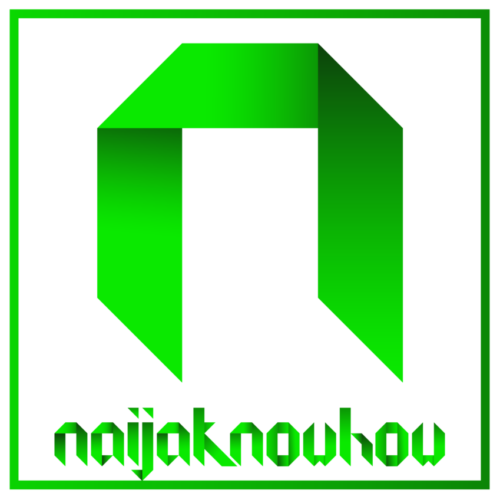Linux operating systems are widely used in a variety of software applications. From large-scale social media sites to game consoles to popular computer languages, Linux may be found practically anywhere on the Internet. Linux’s integration of IoT, embedded systems, and robotics has encouraged innovation and increased market growth in a range of sectors. While Linux is practical and performs well, controlling devices on it is a challenge that no IT department wants to face. DevOps specialists and IT professionals must guarantee that each Linux system is patched and running correctly. Device management solutions have evolved throughout time to make it easier to handle Linux devices. Read on to find out more about Linux device management tools and what are their desirable features.
Desirable Features for an Ideal Linux Device Management Tool
Device management is a major issue in Linux, and only a few professionals are capable of handling it well. As a result, various device management tools were created, and some critical elements that should be included in an ideal Linux Device administration tool are described below.
User Regulation
A user management feature is required in an ideal Linux device management application. This functionality is required since a user can change files and conduct a variety of operations that could threaten the system’s security. A unique id is issued to each user to help him be identified, and a single directory can contain up to 60,000 users. You can understand how tough it is to keep them under control. As a result, user management is an essential feature to look for in Linux device administration solutions. Most applications allow customers to add or delete users on Linux software devices, as well as provide them admin access and revoke it as needed, in order to create a hierarchical structure. Login access can also be allowed to allow users to log in only when necessary, preventing them from accessing resources needlessly.
Limiting Website Access
The option to block undesirable websites is another important function that must be available. This is important for system security and user productivity since users may quickly become sidetracked or compromise security by revealing system vulnerabilities to third parties. Distractions may reduce productivity, which is a major red flag for any business. Chomper, a tool that uses the Python command line, might be beneficial in this area.
Remote Troubleshooting
If you’ve installed an operating system, whether Windows or Linux, you’re going to run into problems and troubles. Troubleshooting is the best approach to deal with problems, but it often necessitates your presence in person. This may be inconvenient, thus remote troubleshooting is another desirable feature to look for in a Linux device management system to avoid problems with adding or deleting user rights. The Linux MDM tool, for example, allows you to troubleshoot problems remotely from your Windows computer, another Linux laptop, or even a mobile device.
Timely Updates
To handle devices without additional hassle or security concerns, make sure your operating system is up to date and bug updates are applied. Linux device management solutions should provide a timely update functionality that allows kernel and OS upgrades to be applied remotely. Linux devices should be able to be updated with little user interaction via OS patches.
Configuring System Remotely
Admin tasks are another condition that the Linux device management tool must meet in order to conduct IT functions. Linux devices require remote access to change their settings and other parameters. You can change Wi-Fi settings, Clipboard functionalities, USB access management, and Wi-Fi whitelisting on Linux with the aid of a Linux device management application like Sure MDM.
Final Thoughts
Despite the fact that Linux is an embedded, open-source operating system that is ideal for domestic appliances and automobile entertainment systems, device administration can be challenging. Although Linux is lauded for its lightweight architecture, flexibility, performance, and stability, if you are not a device manager specialist, you will seldom require a Linux device management solution that has the aforementioned features to succeed.




